
In Somalia, poetry was more than art. And at its heart stood the Gabay, a grand, rhythmic battle of wits, pride, and power.
For those unfamiliar, imagine this: two poets facing off in front of their communities, trading verses like jabs, weaving metaphor into metaphor, each line more biting than the last. A masterful language, deeply rooted in culture, history, and an intricate understanding of the Somali poetic tradition.
Let’s explore why Gabay is one of Africa’s most fascinating cultural treasures.
What Is Gabay?
At its core, Gabay is a complex, high-level form of Somali poetry, often considered the most esteemed of all Somali verse. It’s part of a wider poetic tradition in Somalia, where oral poetry has long been the primary medium of communication, expression, and even governance. In the absence of a widely used written language for much of its history, Somalia became one of the most deeply oral societies in the world. Poetry was how knowledge was stored and passed down.
A Gabay is long, meticulously structured, and linguistically demanding. It follows a strict meter (miisaan) and alliteration pattern, requiring not only creativity but also technical mastery. A good gabay is layered that is rich in imagery, metaphor, cultural reference, and moral weight. It’s a performance, a sermon, and a sword, all rolled into one.
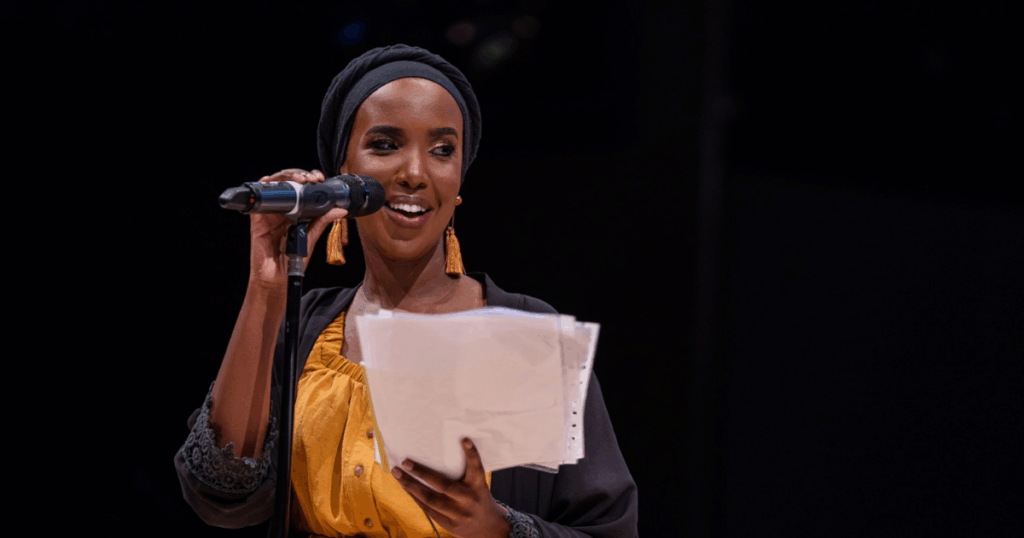
But Gabay was never just about sounding good. It had real social impact. Through poetry, Somalis negotiated marriages, brokered peace, insulted rivals, praised leaders, criticized injustice, and remembered history.

The Legendary Poets of the Past
No history of gabay is complete without the towering figures who turned verse into an art of diplomacy, resistance, and reputation.
Sayyid Maxamed Cabdulle Xasan (1856–1920)
Known to the British as the “Mad Mullah” but revered by Somalis as a fierce anti-colonial leader and master poet, Sayyid Maxamed used gabay to rally his people against colonial forces. His poems were fire and strategy rolled into rhyme criticizing collaborators, motivating warriors, and invoking moral authority. His gabay titled “Gudban” is one of the most celebrated resistance poems in Somali history.
Salaan Carrabey
Salaan Carrabey’s verses were known for their beauty and sharp critique. He famously challenged the Sayyid in poetic exchanges that are still studied and recited today. Their poetic “duel” was a symbolic clash of ideologies, identity, and leadership within Somali society.
Ali Bu’ul (mid-19th century)
Another legend, Ali Bu’ul, is credited with perfecting the gabay form and introducing vivid metaphors drawn from pastoral life. His verse “Amaan Faras” (Praise of My Horse) is one of the most iconic Somali poems, rich in literary technique, cultural pride, and metaphorical mastery.
Elmi Boodhari
Though less focused on dueling, Boodhari revolutionized Somali poetry by bringing deep, personal, romantic love into the poetic canon, breaking from the more political or clan-focused gabay. His tragic love for Hodan remains a legend, showing that gabay could be vulnerable and intimate too.
Women in the Poetic Arena
Though men dominated the gabay, Somali women also developed powerful poetic forms of their own. The buraanbur, for example, is a rhythmic, chant-like poetry often used by women during weddings, mourning, and moments of resistance. It was and still is a powerful tool for expressing joy, pain, wisdom, and protest.
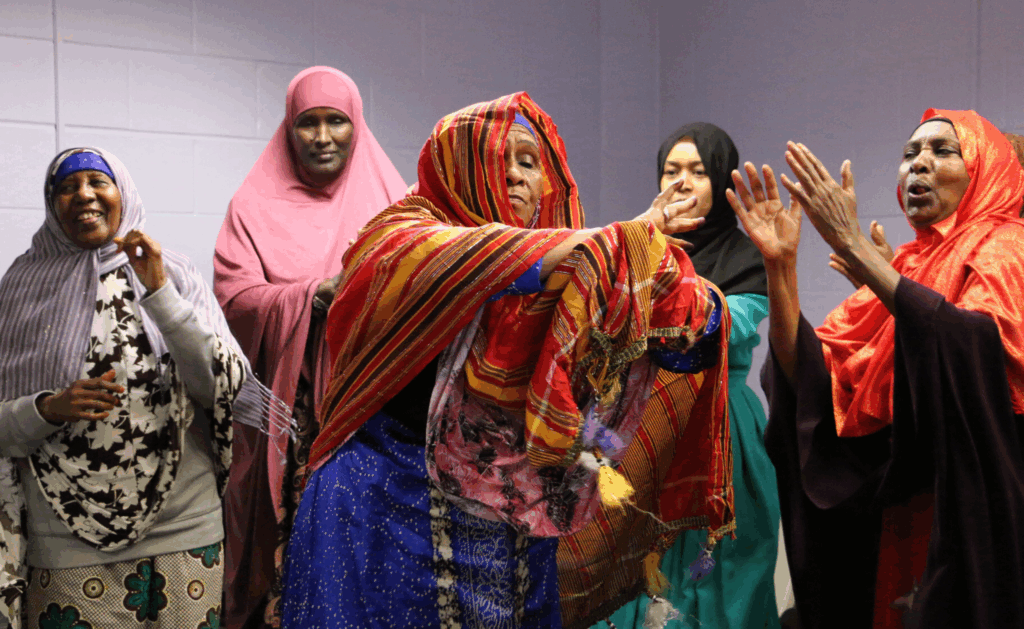
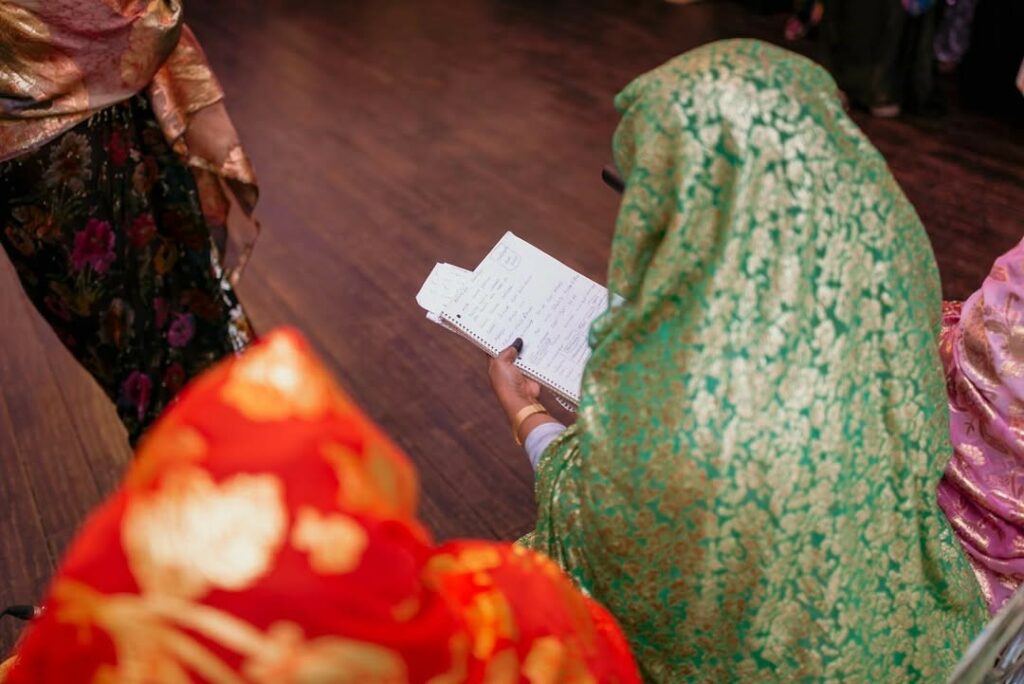
In fact, during Somalia’s anti-colonial struggles and civil unrest, many Somali women used poetry to challenge injustice and demand change. Their voices, though often sidelined in history books, remain central in the oral traditions still carried today.
What Gabay Reminds Us As Africans
Gabay reminds us of a time when words had weight, when a well-crafted line could change minds, save lives, or ruin reputations. It also reminds us of the depth and sophistication of African oral traditions. These were not simple stories. They were structured, philosophical, morally charged systems of thought.
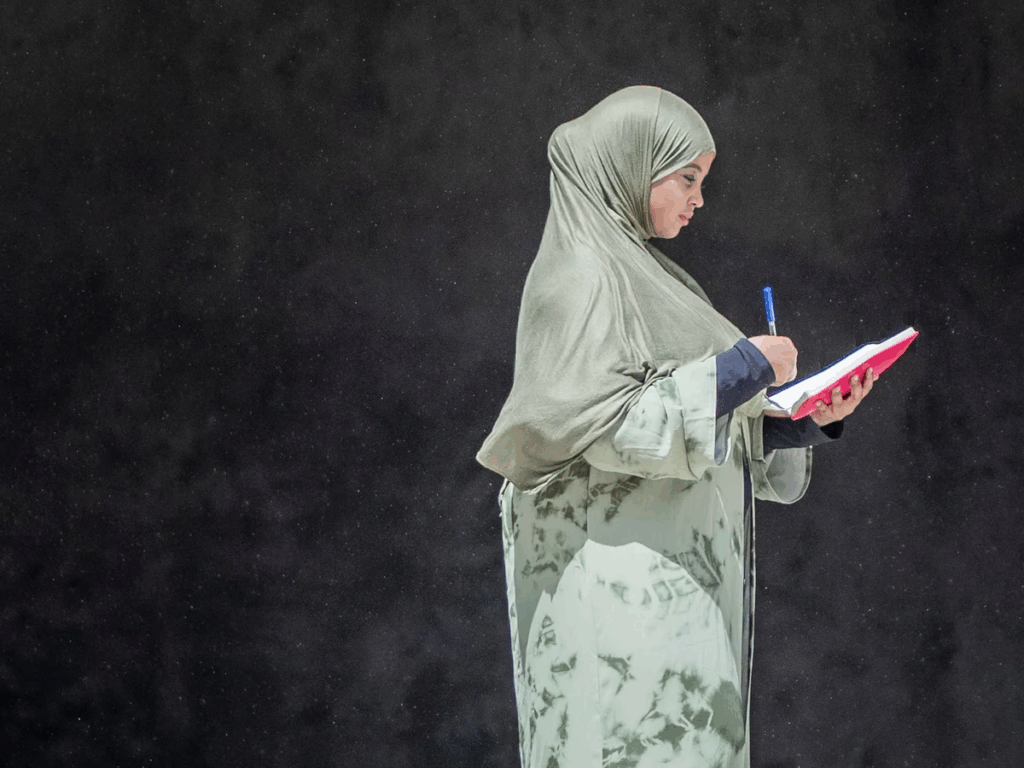
For Africans in the diaspora, the gabay offers something deeply personal: a call to remember that our intellectual traditions didn’t begin in classrooms or colonized libraries. They thrived under moonlit skies, around fires, through memory, rhythm, and voice. Gabay is evidence that Africa has always had its own literature, criticism, and performance art that is rich, complex, and world-class.
In the End, the Pen (or the Tongue) Was Always Mightier
The Somali gabay is not a relic. It’s a living tradition that speaks of what it means to be human, to belong, to struggle, and to speak truth with power. In a continent overflowing with stories, gabay stands as one of the sharpest tools in our cultural arsenal. An African art form where brilliance was judged not by wealth or violence, but by the sheer force of thought.
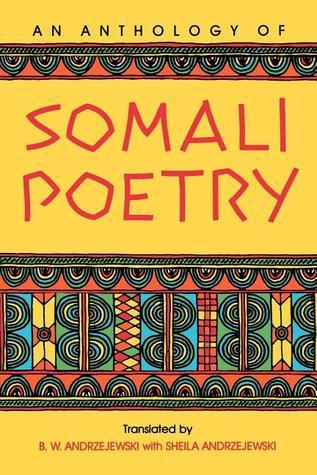




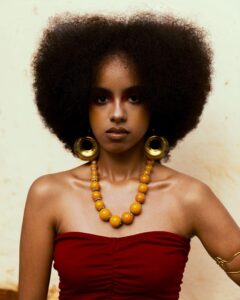


Don’t miss a thing! Sign up to get new content sent directly to your inbox.